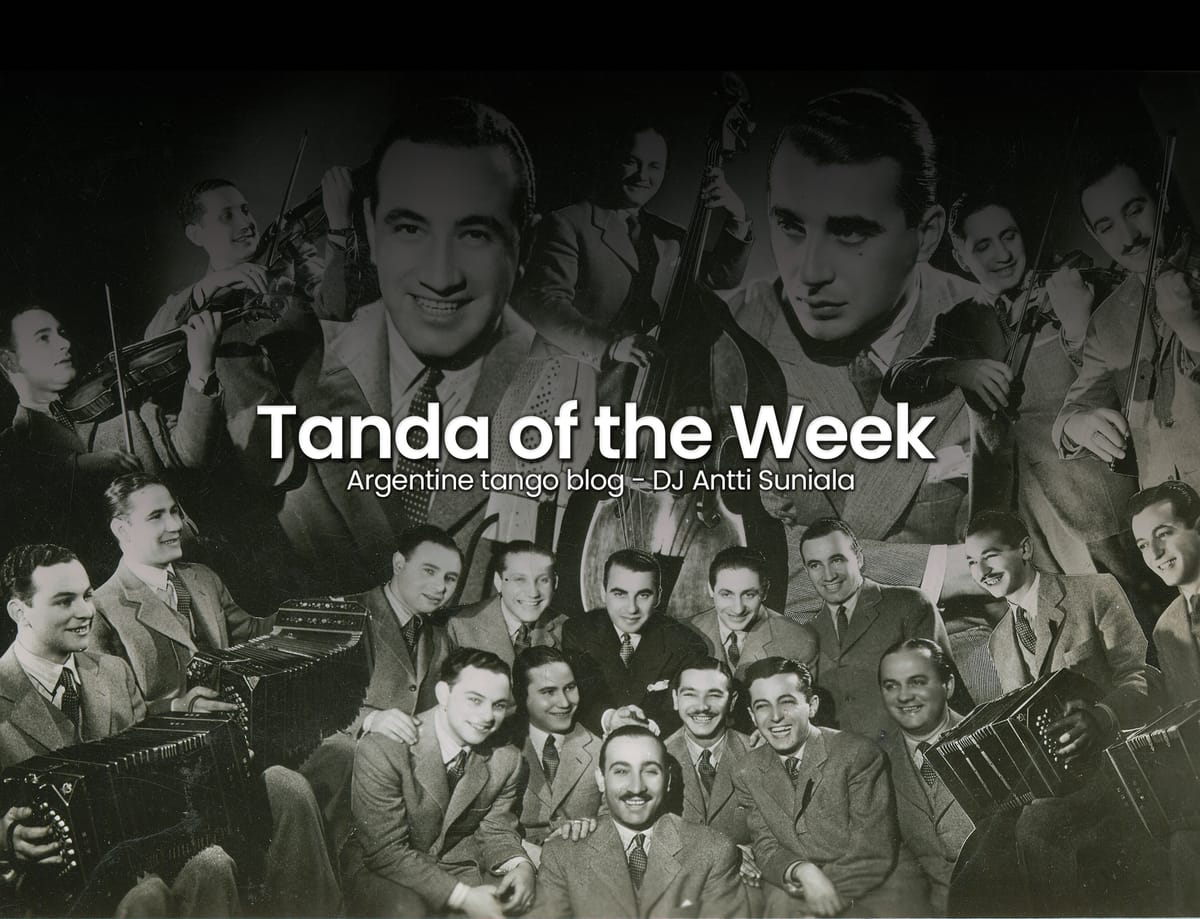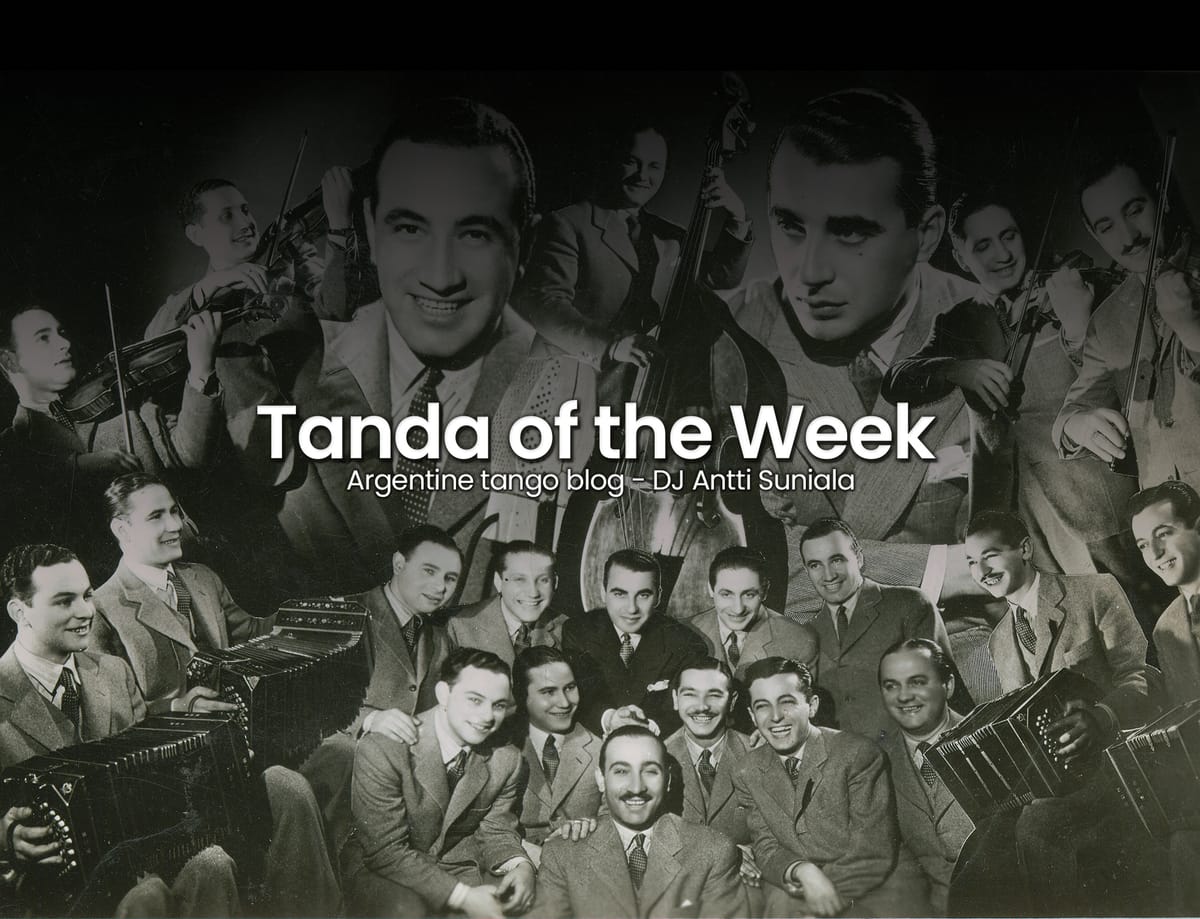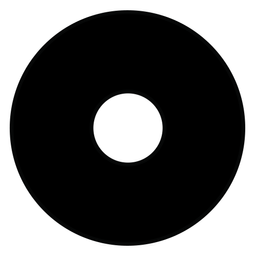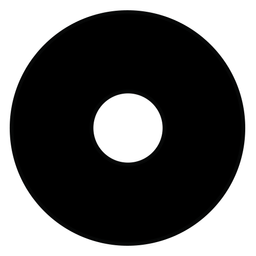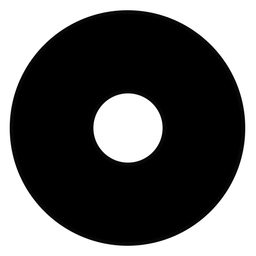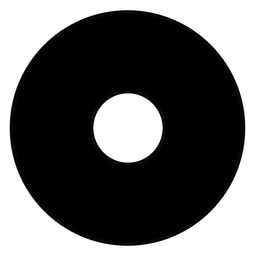Tanda of the Week: Your Source for Argentine Tango
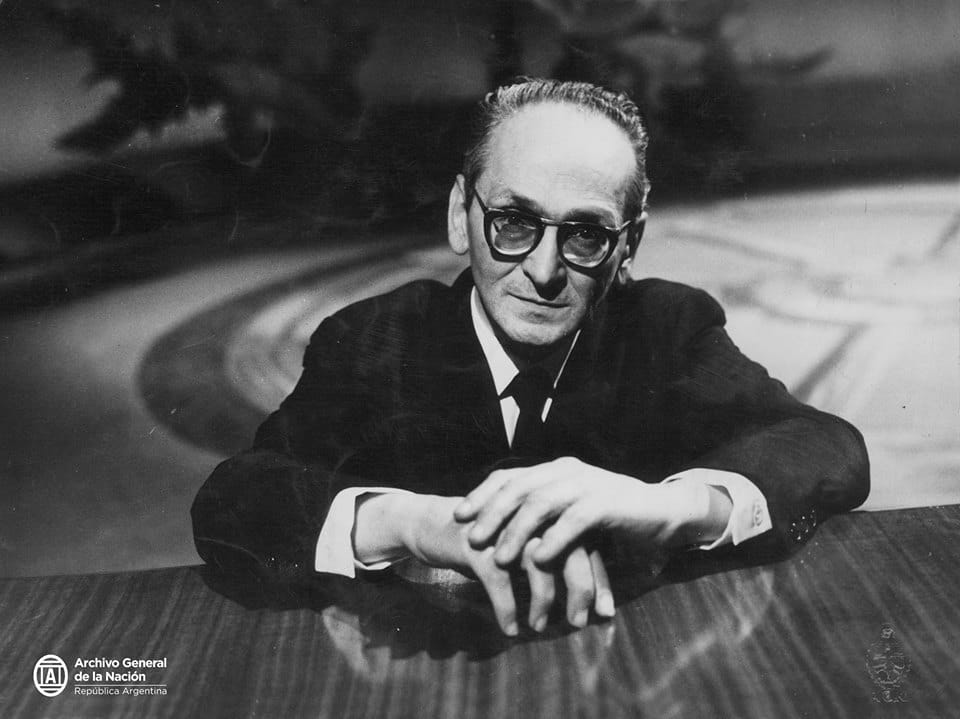
Welcome to Tanda of the Week - The Exclusive Tango Blog that offers weekly new content for all tango DJs, tango dancers and fans of Argentine tango music! Discover new music, learn about tango culture and explore tips for even experienced DJs.
Ready to dive deeper into the world of Argentine tango music? We feature music from the likes of Osvaldo Pugliese, Carlos Di Sarli, Aníbal Troilo, Lucio Demare and so many more!

Support the blog!
Best ways to support Tanda of the Week are:
- Subscribe for a free or a support membership and gain access to more tandas!
- Tell your friends about the blog! I am really trying to stay away from crooked social media platforms and your help in spreading the word helps enormously!
- Comment on tandas or send an email. I love reading your messages and all feedback or requests are much appreciated.
- Consider a donation to the blog - All donations will be used to improve the blog or to keep it running. There are monthly expenses and hopes to upgrade to a higher tear of service (and more features) on the blog platform.
What is a tanda?
Argentine tango is danced in milongas a "tanda" at a time with one partner.
Tandas are a set of most commonly four songs from one orchestra, following a similar style, mood and tempo through out the songs.
From the first notes of the first song, the dancers can decide if they want to dance the tanda and look for a partner.
When the DJ can play an inspiring and consistent set of four songs, the dancers can comfortably enjoy the tanda without readjusting for each song.
What is Argentine tango?
Argentine tango is a musical genre and a social dance originating from the 19th century suburbs of Buenos Aires. Argentine tango consists of the tango, vals and milonga (style of music).
The Golden Age of tango music was in 1935-1952 and the recordings from that time make the majority of music still played in milongas (tango dances) today.
Argentine tango may be instrumental or include a vocalist or a duet. Tango for dancing is most commonly played by an "orquesta típica", which includes violins, piano, double bass and bandoneóns.
